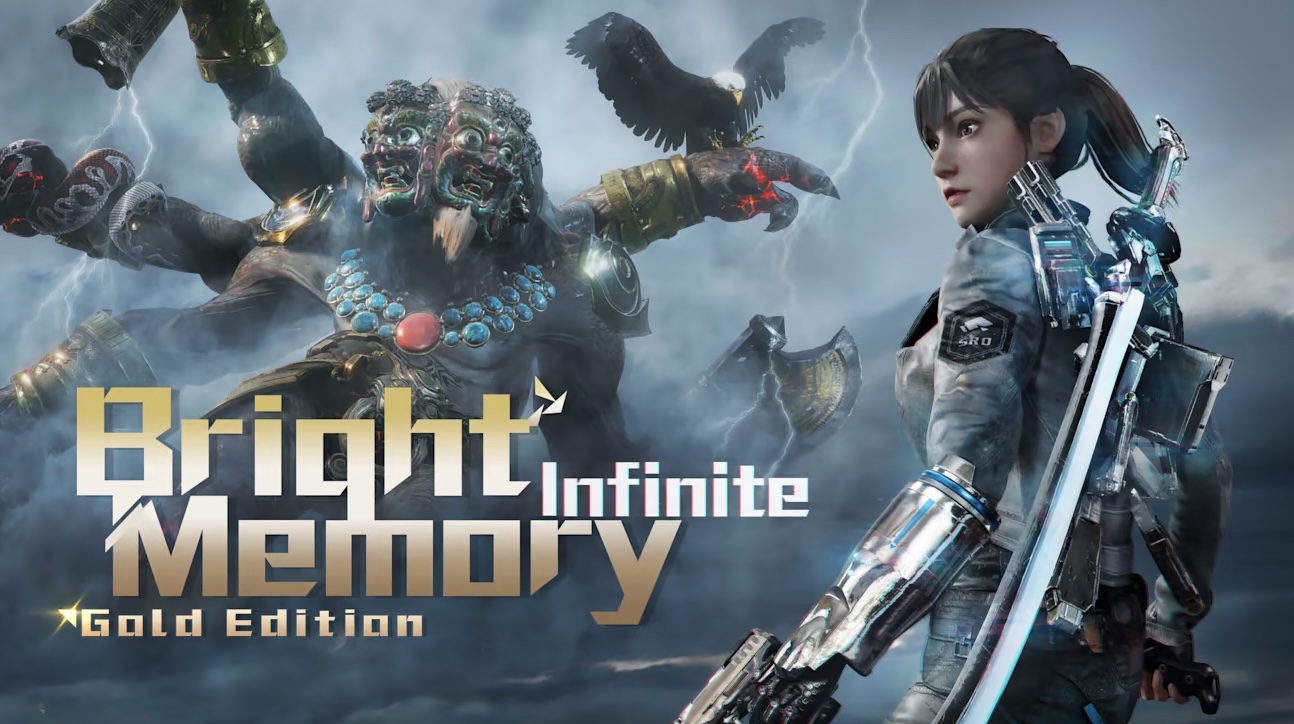Still kind of shines, just not that bright
Bright Memory: Infinite has been a game I’ve admired from afar since word of it first dropped a couple of years ago. The idea that a single person was developing an action shooter that looked like it could belong to a AAA developer was intriguing, if only for what it said about the future of indie development. Each new trailer contained a myriad of potential, and the purchasable prelude did enough to paint a portrait of possibilities for the final product.
Unfortunately, most of the possibilities were never met. Bright Memory: Infinite sputtered out of the gate with middling reviews that focused on its limited scope, bugs, and an exceptionally short playtime. While I’d argue most would agree it was an impressive attempt, its final release still didn’t feel like a full game. Rather, it came across like yet another prelude to something even bigger.

While there may be more on the horizon with Bright Memory from FYQD Studio, Infinite is sticking around with current-gen hardware ports. Priced at $20, the game is now available for PS5, Xbox Series X|S, and Nintendo Switch. All three versions of the game come with the DLC that was sold separately for the PC version, as well as the following features:
- PlayStation 5 – 4K60 w/ Raytracing, 120fps Performance Mode, DualSense Trigger Support
- Xbox Series X|S – 4K60 w/ Raytracing (1440p60 for Series S), 120fps Performance Mode, Exclusive Weapon Skins
- Nintendo Switch – Anti-aliasing, Gyroscopic Gaming
Naturally, of the console options, I was most drawn to the Nintendo Switch port. Not for any of those exclusive features, mind you. I just wanted to see how a game that pretty much sold itself on its outstanding visuals would fare on a console that clearly couldn’t handle them. Would the cuts made for a native Switch port be too much to ignore?
Sacrifices must be made
Bright Memory: Infinite is actually not that bad in the visuals department. You’re not getting the best version of the game on Switch – just look at the poorly rendered water effects – but the downgrade from the PC original isn’t as rough as it might have been. ARK: Survival Evolved this is not. There are a lot of great textures and rain-slicked surfaces throughout the campaign, particle effects can dazzle, and character models look pretty good even if everybody has weird, film-like hair.
The main issue with the visuals is how easily your enemies blend into the background. FYQD Studio used the full palette of dark browns, grays, and blacks in creating this world, leading to something of a camouflage effect in certain areas of the game. This does make the vibrant greens and reds pop more than they would otherwise, but I’m not sure that’s a worthy tradeoff for facing gunmen who seamlessly obscure themselves when standing in front of a big rock. For just about everything else, it’s a pretty impressive feat even if this stunning game looks a generation old on the Switch hardware.

The frame rate is another story. Bright Memory: Infinite aims for 30fps on Switch and regularly drops below that. It’s particularly awful in the early sections when aiming a gun, which must be why I mostly stuck to using Shelia’s sword. The slowdowns aren’t game-breaking in any way, but they are frequent enough to be annoyed with. I also encountered various bugs in my playthroughs of the campaign, including disappearing enemies and bosses who would get trapped in the ground, but they were negligible. I mean, it’s hard to be too upset with bugs when the game as a whole is rather unexceptional.
I dig what FYQD Studio did with the combat here as Shelia has an amazing arsenal of weapons and skills at her disposal. But it’s all rather wasted in a game that emphasizes spectacle over substance. Outside of some misguided stealth moments and nonsensical cutscenes, Bright Memory: Infinite is basically non-stop action. A lot of that action, however, is limited to extended sections that feel like nothing more than simple shooting galleries. Even when new enemy types are thrown into the mix, the challenge in these parts stays pretty low. There are some dynamic fights that kick up the excitement a bit, but not nearly enough to make up for Infinite‘s duller sections.

I did take a moment to test out the gyroscopic controls on my second playthrough. For me, the option worked best when I limited it to just aiming with the sensitivity notched up a bit. You can use this feature outside of aiming, but I didn’t really care for it. It was too sluggish, even with the sensitivity cranked to its maximum setting. Whether or not you opt in or opt out of the gyro control options, you should go into the settings menu at the start of the game to fix the camera controls as the initial setup is far too slow for a game that moves this fast.
At the end of the day, this is just a somewhat homelier version of the same Bright Memory: Infinite that was released last year. Which is to say, an ambitious if quickly forgettable experience. It’s obviously worth celebrating given this is the work of a one-man development team. But just because it’s worth celebrating doesn’t mean it’s necessarily worth your $20.
[This impressions piece is based on a retail build of the game provided by the publisher.]








